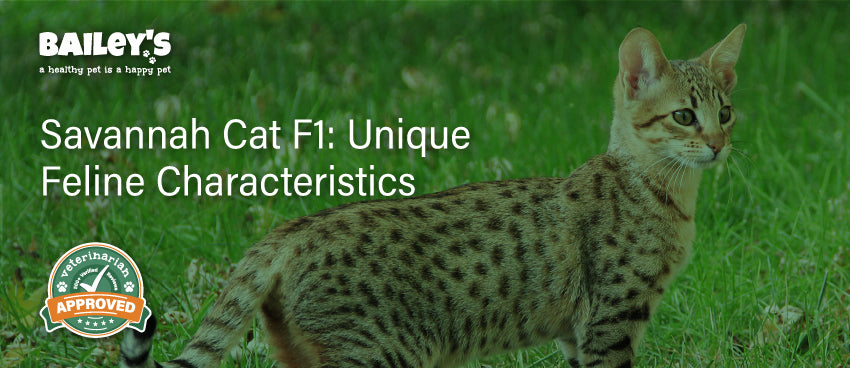
Understanding the Crayfish Diet: An Overview
Crayfish, also known as crawfish or freshwater lobsters, are fascinating creatures with complex dietary needs. Their diet not only impacts their health but also influences their growth, reproduction, and overall well-being. Understanding crayfish diet is critical for aquarists and aquaculture enthusiasts who want to provide the best care for these aquatic animals. In this article, we will delve into ineffective ways to enhance crayfish feeding habits and discuss various aspects of their dietary preferences, nutritional requirements, and feeding strategies.
The significance of their diet cannot be overstated. Crayfish are omnivorous, consuming a wide range of food sources including plants, algae, and small organisms. This dietary flexibility allows them to thrive in diverse environments. By ensuring a balanced crayfish diet, owners can maintain healthy, active, and productive specimens.
Throughout this article, we will explore the different types of crayfish food sources, the best food for crayfish in various situations, and how environmental factors influence their dietary choices. Additionally, we will highlight practical feeding tips that can help enhance your crayfish's overall health.
Key takeaways from this article include insight into crayfish nutrition requirements, effective feeding techniques, and guidance on selecting suitable food for your crayfish.
Effective Techniques for Balancing Crayfish Diet
With an understanding of what crayfish typically eat, it is essential to establish a diet that fulfills their nutritional needs while considering their habitat and feeding behavior. The first step in optimizing a crayfish diet is recognizing their omnivorous nature, which allows for a mixed diet.
Identifying Nutritional Needs
Crayfish require a balanced intake of proteins, carbohydrates, fats, vitamins, and minerals. Their primary protein needs come from animal-based foods such as worms, shrimp, and fish. However, plant matter is also vital; crayfish benefit significantly from consuming leafy greens and vegetables, which provide carbohydrates and essential nutrients. Understanding the nutrients in crayfish food is essential for maintaining their health and promoting optimal growth.
Understanding Crayfish Feeding Behavior
Crayfish often exhibit specific feeding behaviors, such as nocturnal or diurnal feeding patterns. Recognizing when crayfish are most active can help owners plan feeding schedules that align with their natural habits. Furthermore, the factors affecting crayfish diet include water temperature, quality, and the presence of other tank mates, all of which can influence their dietary preferences.
Choosing the Right Crayfish Food Sources
When selecting food for crayfish, it's crucial to offer a variety of options. Crayfish food pellets are popular in aquariums for their convenience and nutritional quality. However, incorporating natural options such as kitchen scraps for crayfish, including fruits and vegetables, can enhance their diet. Additionally, commercial crayfish food is available, designed to meet their specific dietary needs. Ensure the chosen food has appropriate crayfish protein levels for optimal health.
With these insights, the next section will delve deeper into seasonal changes in crayfish diet and how to adjust feeding practices accordingly.
Seasonal Changes and Crayfish Feeding Frequency
As the seasons change, so do the dietary needs of crayfish. Seasonal variations in water temperature and habitat conditions significantly influence their feeding habits and preferences.
Adapting Food Offerings by Season
In warm months, crayfish tend to be more active, requiring more frequent feedings with a focus on protein-heavy foods. Conversely, during colder months, they become less active and may not feed as often. It’s essential to reduce feeding frequency without compromising their nutritional intake during these times. Understanding seasonal feeding of crayfish ensures proper care and supports their overall well-being.
Implementing a Feeding Schedule
Establishing a consistent feeding schedule helps regulate crayfish feeding behavior and improves health. Integrating a crayfish feeding schedule based on age and size ensures that they receive the right amount of nutrients at the correct times. Monitoring crayfish appetite can indicate if their dietary needs are being met or if adjustments are required.
Importance of Water Conditions for Feeding
Crayfish feeding effectiveness also hinges on optimal water conditions for crayfish feeding. Maintaining adequate pH levels, temperature, and cleanliness in their habitat helps promote feeding activity. Ensuring proper water quality for crayfish indirectly supports a healthy diet by encouraging natural feeding behaviors and preferences.
Having established these habits, the next section will pivot to specific food recommendations to enhance crayfish care.
Best Food Options to Enhance Crayfish Health
To support the health and growth of crayfish, selecting high-quality food is paramount. The right mix of food provides the essential nutrients needed for vitality, reproduction, and overall fitness.
Commercial Crayfish Foods
Commercial crayfish food products are formulated to meet the dietary requirements of these creatures. It is vital to choose brands known for high-quality ingredients and proper nutrient profiling to avoid dietary deficiencies. Before making a choice, consider checking labels for ingredient definitions and nutrient composition to ensure they are beneficial.
Integrating Natural Food Sources
Incorporating natural food for crayfish like commercial plant matter, high-fiber greens, and algae can improve craysh nutrition. Algae consumption not only meets their needs but can also help control algae growth in tanks. Try integrating small amounts of organic materials from your garden or safe garden produce into their diet for variety.
Supplementing with Vitamins and Additives
Supporting crayfish with essential vitamins can improve health, growth rates, and reproductive performance. Consider using nutritional supplements for crayfish that have been specifically designed for crustaceans. These products can fill nutritional gaps that standard foods may not cover, contributing to the overall well-being of the crayfish.
The next section will address common challenges in maintaining a well-balanced crayfish diet, including their interactions with various tank mates.
Challenges in Maintaining a Balanced Crayfish Diet
While ensuring a healthy crayfish diet is crucial, various challenges can arise. These challenges include dietary competition and the difficulty of meeting individual nutritional needs.
Competition for Food
In communal tanks, crayfish competition for food can affect feeding strategies. Species that are territorial may monopolize food resources, leading to inadequate nutrient intake for others. To mitigate this, consider increasing the availability of food sources and using feeding devices that allow multiple crayfish access simultaneously.
Behavioral Responses to Food
Crayfish display unique feeding behavior responses depending on environmental stimuli and food type. Monitoring their reactions to different foods can help identify preferred items that enhance nutrient absorption. Understanding these patterns allows more effective feeding management and can reduce dietary deficiencies.
Monitoring Dietary Changes
Adjusting the crayfish diet requires continuous observation of dietary preferences and potential behavioral shifts. Regularly monitoring crayfish health enables identification of issues early and facilitates timely changes. Utilizing behavioral studies in dietary analysis can provide insights into their preferences.
Completing your understanding of these challenges, the following section will discuss practical tips for educators and enthusiasts looking to improve their knowledge about crayfish diets.
Educating About Crayfish Diet and Nutrition
Education plays a vital role in creating awareness around crayfish nutrition requirements and care practices. Whether you are an aquarist or a student of crayfish biology, understanding their dietary needs can improve care methods and promote overall sustainability in crayfish farming.
Sharing Your Knowledge
By discussing crayfish feeding tips with peers and communities, you can help disseminate valuable information that elevates the care of these unique creatures. Sharing personal experiences and strategies can help others avoid common pitfalls in crayfish maintenance.
Utilizing Resources and Studies
Many resources are available, including scientific literature and aquarium clubs that can guide you in improving knowledge around crayfish dietary studies. Engaging with relevant findings can enhance your understanding of their needs and promote awareness among enthusiasts.
Promoting Sustainability in Crayfish Culture
Finally, educating about the sustainability of crayfish farming can promote better habitats and methodologies that safeguard crayfish populations and their ecosystems. Initiatives focusing on crayfish habitat conservation and responsible aquaculture practices can ensure long-term success for both species and their caretakers.
In conclusion, enhancing crayfish diets through effective feeding techniques and nutritional understanding is crucial for their health and vitality. Exploring diverse food options, recognizing seasonal changes, and sharing knowledge can significantly improve overall care and foster a sustainable environment for crayfish.

